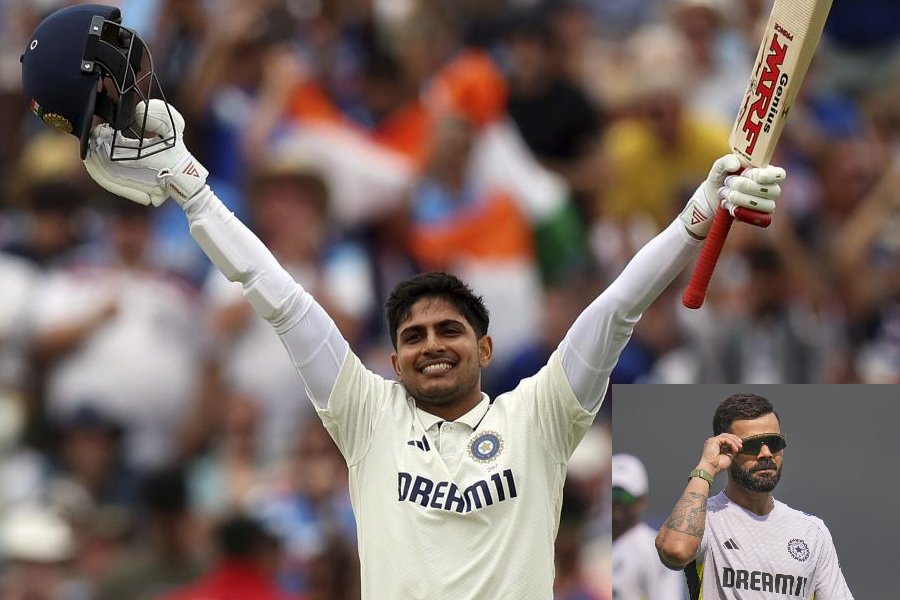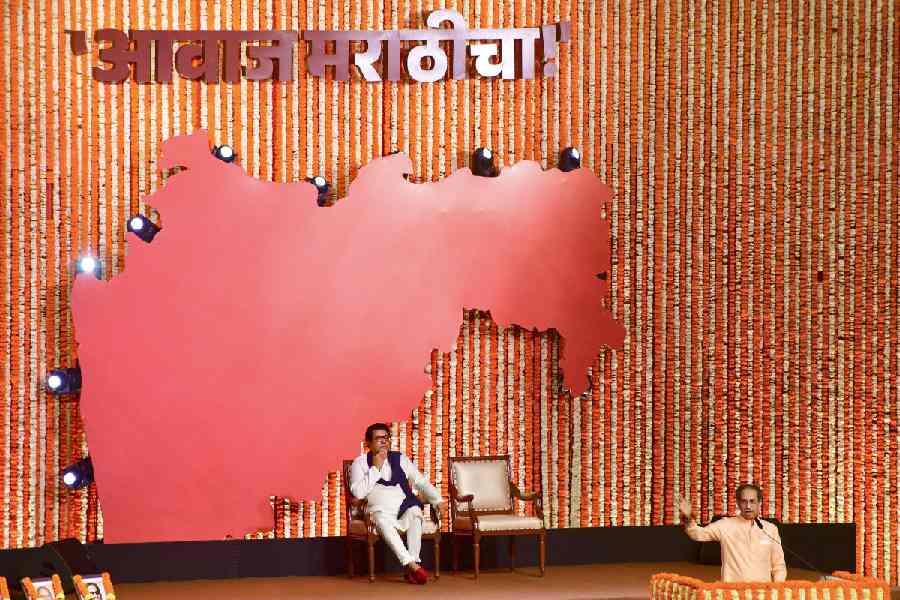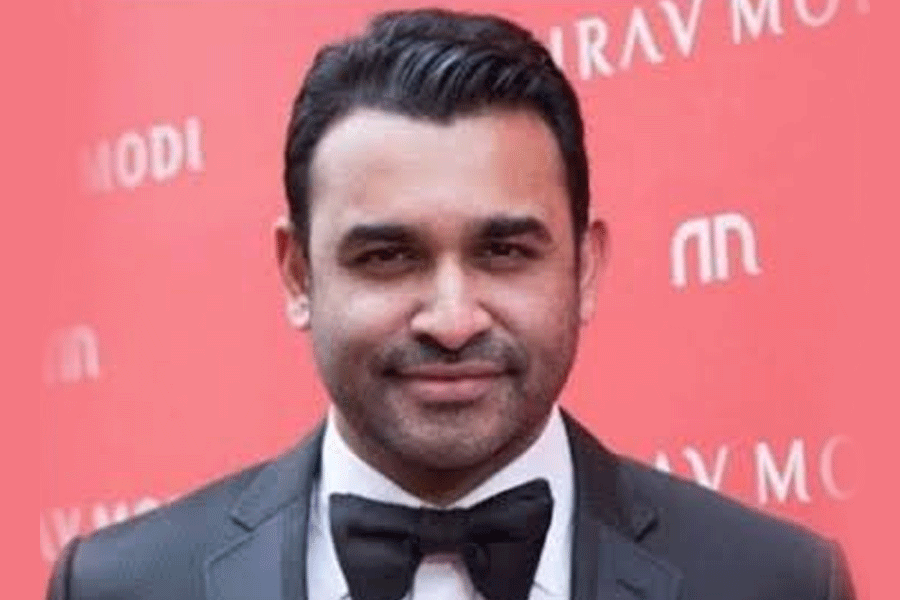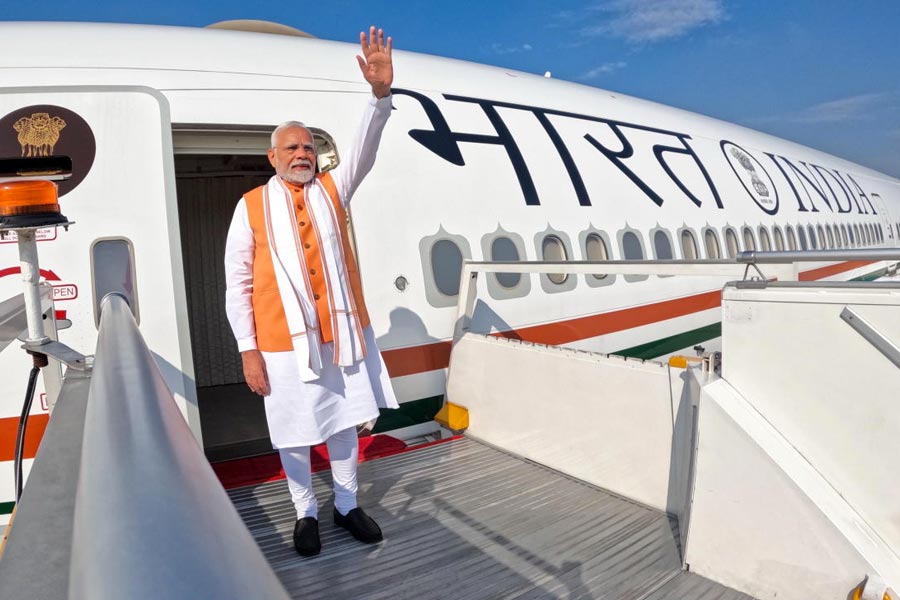


Goa and Calcutta look out from the opposite coasts of India, one winking at the Arabian Sea in the west and the other dreaming near the Bay of Bengal in the east.
For a long time, the timid Calcuttan bhadralok shied away from exploring the bold, swinging, party-loving Goa. We settled for Puri instead, finding the ancient sea town’s sights and sounds much closer to our sensibilities.
Goa always lured us from far, though, in glimpses on the silver screen and snapshots of returning honeymooners. Where else can you find such diverse cultural ethos co-exist but in India? Finally, we overcame the remnant of our Victorian sensibility and descended with family, all out in beach shorts and shades on the sensational beaches of Goa.
This was a conquest, mind you, no less historic than that of the Portuguese conquistadors who landed in Goa, then called Gomantak, in 1510. So, what did we discover?
Well, that it was all much ado about nothing. Or, rather, it is maachh, maachh and more maachh everywhere. Kingfish, mackerel, red snapper, calamari, pomfret, lobster, shark, mussels, crab, there are lots of fish to eat in Goa, with rice and all things nice.
Calcutta has, in fact, a bundle of things in common with Goa. Football fans will agree, but here I am talking only food. Just as our kitchens are well-stocked with conquests, migrations, colonial marriages and sea voyages, Goans too tuck into a storied cuisine.

THE FOOD HERITAGE
Goan Hindu and Goan Catholic food are the two mighty traditions bouncing through the state’s lush cashew and coconut groves. After having rulers from Emperor Ashoka to Sultans and Portuguese colonials, Goa acceded to independent India in 1961. When the Portuguese did not release their hold on Indian soil, the stern Indian Army showed them the boat, but not without keeping back all their delicious recipes.
By the time I arrived in Goa, the magic had already been cooking for five centuries. As if a land of ample fish, rice, kokum, coconut and tropical spices had not been enough, the Portuguese brought with them half-a-dozen more alien vegetables like the now ubiquitous potato, tomato, brinjal, garlic and peri-peri chilli.
You can imagine the melting pot that followed. Old ingredients married the new; Konkani earthen pots jostled with Portuguese baking pans and flavours that are a mouthful to pronounce, like chicken xacuti, pork vindaloo, prawn balchao and lobster raechado emerged from history.

As I was already late by a few hundred years, I took to the menu with a vengeance, my appetite chiselled by the tangy, spicy kokum juice. Once more I discovered how food melts barriers as I traced both Hindu and Catholic influences in the local delicacies like nushte (fried fish), kismur (a side dish of dried fish), tondak (a dish made with beans and cashews) and solachikadi (a spicy coconut and kokum curry).
The breezy Saturday evening was reserved for an iconic place — Britto’s on Baga beach. Good food always makes a Calcuttan nostalgic but there was a deeper reason for my being transported back to Park Street or the winding stretches of Ripon Street and Elliot Road.

Many of Calcutta’s old Anglo-Indian favourites can trace their roots to Goa. The evergreen homely air at Britto’s is a throwback to evenings in Mocambo. The Prawn Balchao had a heady dose of feni, a Goan home-made spirit from cashew nut or coconut, and it struck all the right chords in my foodie heart.

An encounter with the spicy Goan curry, xacuti (pronounced ‘sha-coo-ti’) turned out to be a homebound trip again. Its texture and intense flavour of roasted, grated coconut and coconut milk took me home to chingri malai curry (prawns in coconut milk). This was followed by the old Calcutta favourite of Pork Vindaloo.

If any distance remained between Goa and Calcutta, that too blurred away into a haze as I sipped on my new-found love, uraak. As the night grew, Goa’s potent ‘poison’ worked its secret on me or was it due to my son, Avik’s insistence that I found myself being dragged into a nightclub called Love Passion Karma. Nightclubs are never my thing but my son shouted over the din, “Dad, now you are truly Goan”.I heard “Dad, now you are truly gone” and taking him for his word, I plunged into the loud beating of pots and pans that they call music.

AN IDLE DAY AT THE BEACH
Who remembers your last night’s mistakes? Your son does. Before he could go on any longer about my nightly dancing skills, I braced myself behind a cosy table at Lila Cafe and ordered a sumptuous breakfast. Sitting next to the landmark club, Tito’s on Anjuna beach, this day-time eatery serves some of the most imaginatively healthy breakfasts under its thatched roof. My taste buds woke up to the aroma of freshly-ground coffee, fresh-baked croissants, home-made cheeses, smoked kingfish and salads.

It was a prelude to an idle day at the beach, hugging a bottle of Goa’s oldest quencher, King’s Beer. An invite to the The Chikoo Tree Project lay on the table. Dear friends, Anand and Trupti Wesley, have started a New Age culinary project in Margao (South Goa). I found the quaint cafe on a scenic road with colourful Portuguese homes on both sides. Their curious, meandering menu piqued my interest. Traditional thukpa is made from scratch after authentic hill traditions. Ragi Dosa found another country flavour rooted deep within India. The Bengali fish curry with kasundi onion salad is a revelation too. A homemade Ginger Ale and Iced Jaggery Coffee completed the happy feast.

Another airy, well laid out restaurant, with non-fussy rustic charm was too welcoming to pass by. The captain recommended the famed Goan Crab Curry, Reichado Pomfret, Stuffed Avocado and Baked Crab. As a Calcuttan likes to draw parallels with all things food, I found the crab curry tasted somewhat like our own kankra chingri (shell fish prawn). Goans love their chouricos (spicy Goan sausages) just as we love our famous ‘Entally Sausages’ from Royal Piggery. And who can forget Kalman Shaheb’s Hungarian Sausages?

The sweet pudding called bebinca is a richly layered experience, much like Goa itself. Its layers can go up to 16 or even more, each one melting with flavour. The black rice halwa called dodol and kokad, a coconut fudge, are traditional sweets while kulkul is a Goan translation of the Portuguese dessert, filhoses enroladas. I tried each of them and can vouch for all Calcuttans that Goa is the sweetest home away from home, anytime of the year.
They say its season lasts from mid-November to mid-February, but for a seasoned foodie, what matters is the deliciousness laid out from coast to coast.
Anjan Chatterjee is the chief of Speciality Restaurants, which owns Mainland China, Oh! Calcutta, Cafe Mezzuna, Sigree Global Grill, Hoppipola, Asia Kitchen and more. And yes, he is a foodie










